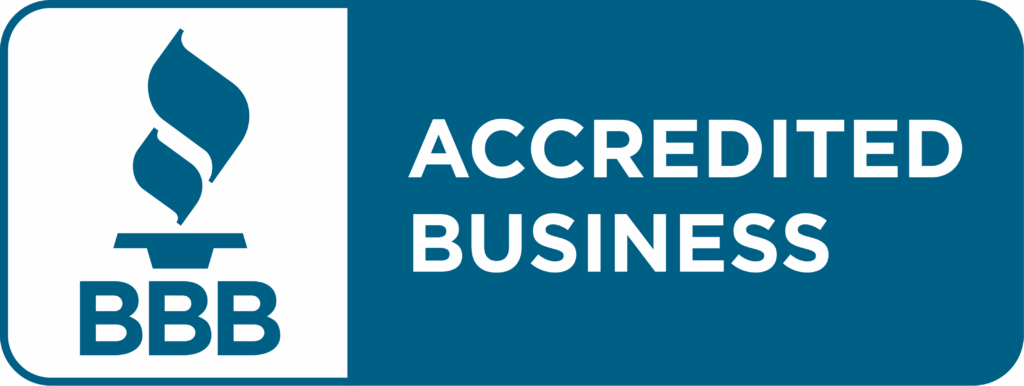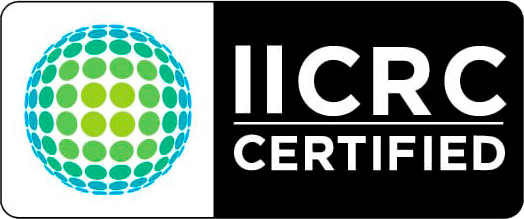Understanding Mold Damage Restoration & Remediation
Discovering mold in your home or business can be a source of significant concern. Not only is mold unsightly, but it can also pose serious health risks to residents and employees. Emergency Restoration Xperts (ERX) specializes in identifying and eradicating mold with our comprehensive mold remediation services, designed to tackle the problem at its source and prevent future growth. Our goal is to restore your environment to a safe, mold-free condition with minimal disruption to your daily life.
Mold is a ubiquitous presence, thriving in moist environments and proliferating through the air via tiny, invisible spores. When these spores find a damp spot indoors, they can start to grow, digesting whatever they land on to survive. This can include a variety of materials found in homes and businesses, from the wood in your structure to the cotton in your upholstery. Understanding mold, its potential dangers, and the solutions available is crucial for maintaining a healthy indoor environment.
Is Mold Dangerous?
While mold plays a vital role in nature by breaking down dead organic matter, its presence indoors should be avoided. Certain molds are toxigenic, meaning they produce mycotoxins that can pose health risks to humans and animals. Exposure to mold can lead to a variety of health issues, ranging from mild allergic reactions like sneezing and coughing to more severe problems such as asthma attacks and, in rare cases, pneumonitis. Individuals with compromised immune systems, allergies, or respiratory conditions are susceptible to mold exposure.
Is Mold Dangerous?
While mold plays a vital role in nature by breaking down dead organic matter, its presence indoors should be avoided. Certain molds are toxigenic, meaning they produce mycotoxins that can pose health risks to humans and animals. Exposure to mold can lead to a variety of health issues, ranging from mild allergic reactions like sneezing and coughing to more severe problems such as asthma attacks and, in rare cases, pneumonitis. Individuals with compromised immune systems, allergies, or respiratory conditions are susceptible to mold exposure.
Identifying a Mold Problem in Your Property
Knowing whether you have a mold problem involves more than just spotting visible growth or noticing a musty smell, although these are significant indicators. Mold can grow behind walls, under floors, or in other hidden places, making it challenging to detect. Some signs that you might have a mold problem include:
- Persistent musty or earthy odors, especially in areas prone to moisture.
- Visible signs of mold growth, which can appear as spots or patches in various colors (black, white, green, or yellow).
- Recent water damage, such as leaks or flooding, which can create optimal conditions for mold growth.
- Health symptoms that worsen when you are at home, including respiratory issues, headaches, or allergic reactions, which may indicate mold exposure.
Comprehensive Mold Solutions
When it comes to addressing mold, the goal is not just to clean up the existing growth but to tackle the root cause of the problem to prevent its return. Emergency Restoration Xperts (ERX) offers a holistic approach to mold remediation, encompassing:
Thorough Inspection and Assessment
The first step in effective mold remediation is a comprehensive inspection of your property to identify all areas of mold growth and the underlying moisture sources. ERX uses advanced techniques and equipment to detect mold, even in hidden areas, ensuring a complete understanding of the scope of the problem.
Customized Remediation Plans
Based on the assessment, ERX develops a customized remediation plan tailored to your specific situation. This plan includes strategies for removing the existing mold and addressing the moisture problem that allowed it to thrive. By tackling both aspects, we can ensure a long-term solution to your mold issue.
Expert Mold Removal and Cleanup
Post-fire, properties are vulnerable to vandalism. ERX takes proactive steps to secure your property, working closely with insurance companies and law enforcement to protect your assets and assist in the claims process.
Moisture Control and Prevention
Finally, addressing the moisture issue is critical to preventing mold from returning. ERX’s solutions may involve repairing leaks, improving ventilation, or installing dehumidifiers to manage indoor humidity levels. We also provide recommendations for ongoing moisture management to keep your property mold-free.
Mold remediation is more than just a cleanup effort; it’s about creating a healthier, safer environment for you and your loved ones or employees. With Emergency Restoration Xperts (ERX), you can trust that you’re getting comprehensive solutions to your mold problems, backed by expertise and a commitment to customer satisfaction. If you suspect you have a mold issue, don’t wait—contact ERX today to start the process of reclaiming your healthy indoor environment.
Customer-Centric Approach
We prioritize your satisfaction, working closely with you and your insurance company to streamline the restoration process.
Advanced Technology
Utilizing the latest in restoration technology, we ensure a thorough and efficient restoration process.
Comprehensive Services
From emergency roof wrap/board up to complete restoration, we offer a full range of services to meet all your needs.
Mold Remediation Process
Containment
Filtration
Removal
Drying
We thoroughly dry the affected areas to eliminate moisture, the primary catalyst for mold growth.
Restoration
Finally, we restore your property to its pre-mold condition, which may involve repairing or replacing damaged materials.
Mold Remediation and Restoration FAQ:
1. What is mold remediation and what is the process? Mold remediation is the professional process of containing, removing, and preventing mold growth. The process includes a full inspection, containment of the contaminated area to prevent spread, safe removal of all affected materials, deep cleaning and sanitization, and a final inspection to confirm the mold is gone.
2. How much does mold remediation cost? The cost of mold remediation can range from $500 to over $30,000, depending on the size and location of the infestation. The price is affected by factors like the size of the affected area, the type of mold, and the materials that need to be removed or replaced.
3. Will homeowners insurance cover mold remediation? Homeowners insurance typically covers mold remediation only if it’s the result of a sudden and accidental event, like a burst pipe. Coverage is often not provided for mold caused by long-term issues like a slow leak or poor maintenance.
4. How can I tell if there is mold in my house? The most common signs of a mold problem are a musty, earthy odor and visible discoloration or growth on surfaces. Look for signs of water damage, such as peeling paint or warped walls, and check humid areas like basements, bathrooms, and attics.
5. What is the difference between mold remediation and mold removal? Mold removal is often used as a general term, but mold remediation is the professional, step-by-step process of not just cleaning mold but also addressing the root cause to prevent it from coming back. Remediation is a more comprehensive service.
6. How long does mold remediation take? The duration of the project depends on the severity of the mold. A small job in an accessible area may only take a day or two, while a larger, more complex project involving demolition and reconstruction can take several weeks.
7. Is black mold more dangerous than other types of mold? All mold can cause health issues, but not all black-colored mold is “toxic.” While some species of black mold produce toxins, the color alone isn’t a reliable indicator of danger. All mold should be removed professionally to ensure a healthy indoor environment.
8. Can I stay in my home during the mold remediation process? For most significant mold remediation jobs, it is recommended that you and your family, including pets, temporarily leave the property. This ensures your safety and prevents exposure to airborne mold spores that are disturbed during the removal process.
9. How do professionals prevent mold from coming back? Professionals stop mold from returning by first addressing the source of the moisture that caused the problem. This might involve repairing leaks, improving ventilation, or using dehumidifiers. The treated area is also often sealed with an antimicrobial solution.
10. What are the common health symptoms of mold exposure? Symptoms of mold exposure can vary but often include allergic reactions like sneezing, runny nose, red eyes, and skin rashes. More severe reactions may include wheezing, difficulty breathing, or headaches. People with asthma or compromised immune systems are at a higher risk.



